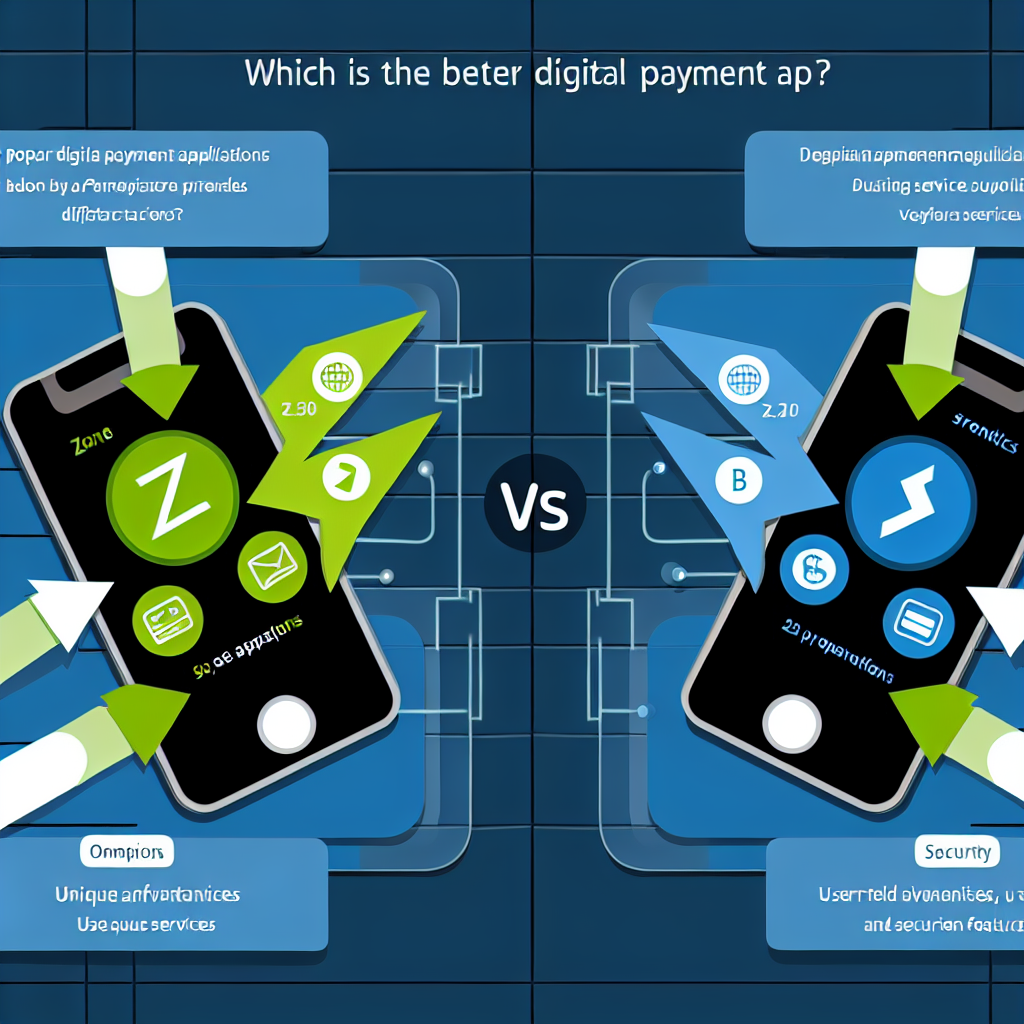Zelle vs Venmo – What’s the difference, which is better?
When it comes to peer-to-peer payment platforms, Zelle and Venmo are two popular choices that offer users a convenient way to send and receive money. However, there are some key differences between the two services that may influence which one is the better option for you. In this article, we will compare Zelle and Venmo in terms of their features, ease of use, security, fees, and more to help you decide which platform is the right fit for your needs.
Features
Zelle is a digital payment network that is built into the mobile banking apps of participating banks and credit unions. This means that if your bank is a member of the Zelle network, you can easily send money to friends and family directly from your bank account. Transactions are typically processed within minutes, making Zelle a fast and convenient option for transferring funds.
Venmo, on the other hand, is a standalone app that is owned by PayPal. In addition to sending and receiving money, Venmo also allows users to split expenses, make purchases from select merchants, and even pay in-app with authorized merchants. One of Venmo’s most popular features is its social feed, which allows users to see and comment on their friends’ transactions.
Ease of Use
Both Zelle and Venmo are designed to be user-friendly and intuitive, with simple interfaces that make it easy to send and receive money. Zelle’s integration with banking apps makes it a seamless option for users who prefer to keep all of their financial transactions in one place. Venmo’s social feed and additional features can add a fun and interactive element to the payment process, but some users may find it cluttered or unnecessary.
Security
When it comes to security, both Zelle and Venmo offer encryption and other measures to protect users’ personal and financial information. Zelle’s integration with banks adds an extra layer of security, as transactions are conducted within the existing framework of the banking system. Venmo’s status as a standalone app may raise concerns for some users, but the platform also provides security features such as PIN protection and the ability to set privacy controls on transactions.
Fees
One of the main differences between Zelle and Venmo is their fee structures. Zelle does not charge any fees for standard bank transfers, making it an attractive option for users who want to send money without incurring extra costs. Venmo, on the other hand, charges a 3% fee for credit card transactions, as well as a fee for instant transfers.
Availability
Zelle is available to customers of participating banks and credit unions, which limits its accessibility compared to Venmo. Venmo is available to anyone with a U.S. bank account or debit card, making it a more versatile option for users who do not have accounts at Zelle-affiliated institutions.
In conclusion, the choice between Zelle and Venmo ultimately depends on your personal preferences and needs. If you prioritize speed and convenience, Zelle may be the better option due to its direct integration with banking apps and quick transfer times. On the other hand, if you value additional features such as the social feed, split expenses, and in-app purchases, Venmo may be the right choice for you. Consider factors such as security, fees, and availability when deciding which platform is the best fit for your financial needs.
